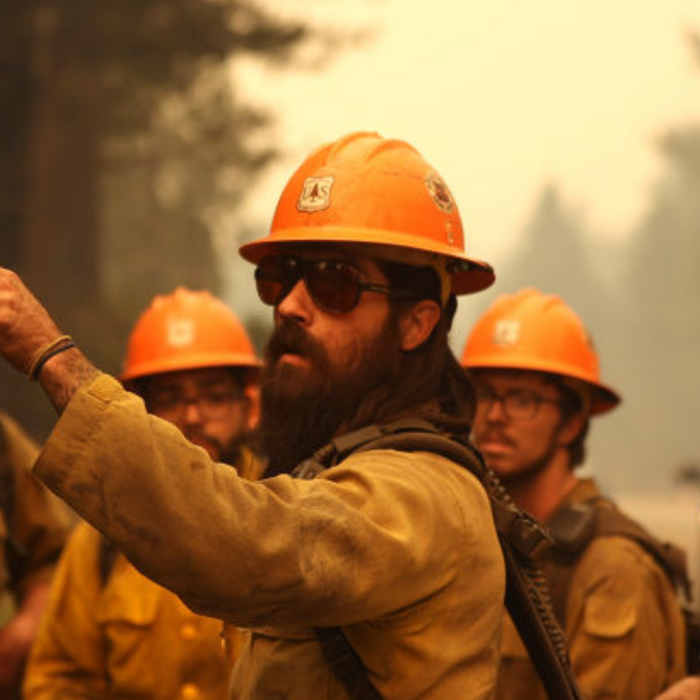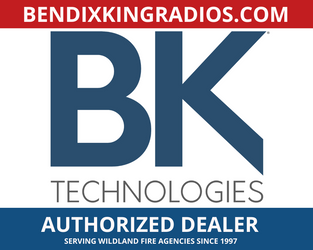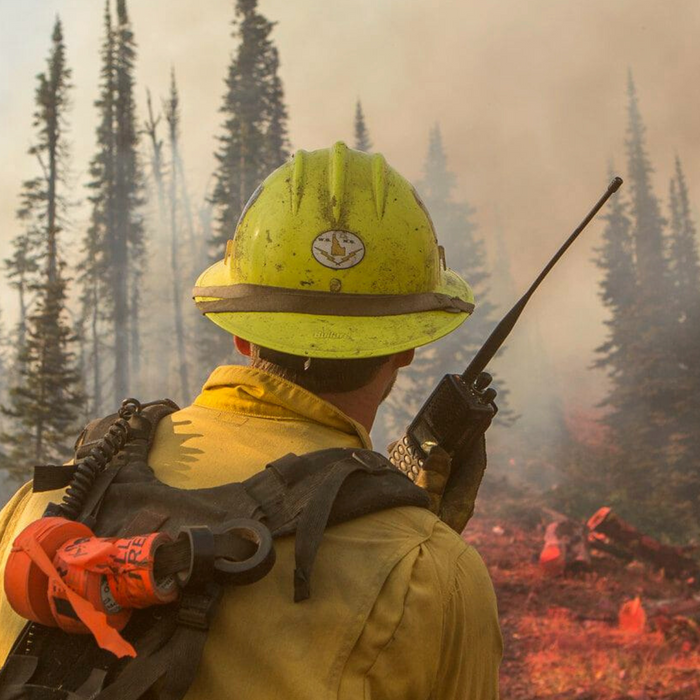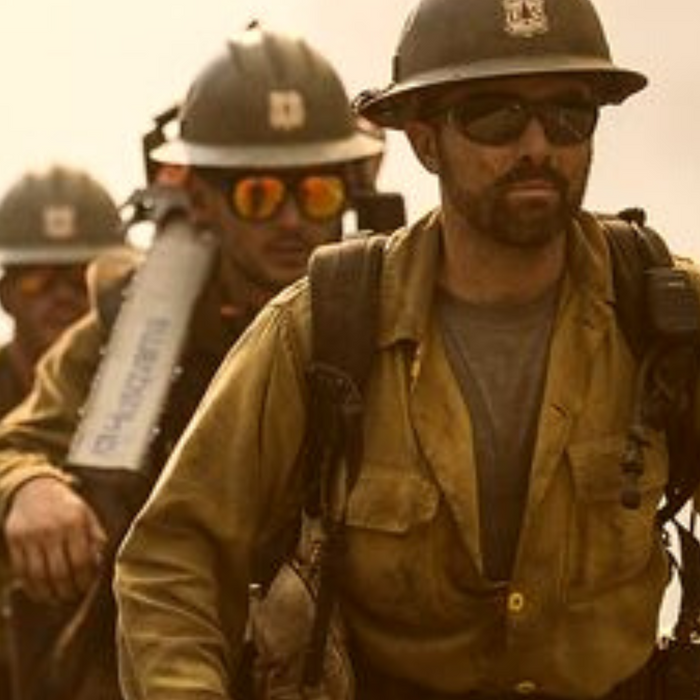When it comes to wildland firefighting and EMS operations, effective communication is crucial for the safety and success of the teams involved. Two-way radios play a vital role in facilitating this communication, allowing firefighters and emergency medical service providers to stay connected in challenging environments. Understanding the different frequencies used in two-way radios is essential for selecting the right equipment for the job. In this article, we will explore the various frequency bands utilized in two-way radios and their respective advantages and limitations.
Very High Frequency (VHF)
The BKR5000 and KNG-M150 radios are examples of VHF radios commonly used in wildland firefighting and EMS operations. VHF radios operate within the frequency range of 136 MHz to 174 MHz. These radios are known for their long wavelength, which allows them to travel longer distances in open areas with minimal obstructions. VHF radios are particularly effective in rural and outdoor settings, making them ideal for wildland firefighting. However, they may face limitations in densely populated urban areas or areas with many obstacles, as their signals can be easily obstructed. To view the BKR5000 and the KNG-M150 radio
Click Here.
Ultra High Frequency (UHF)
The KNG-M400 mobile radio is an example of a UHF radio commonly used in wildland firefighting and EMS operations. UHF radios operate within the frequency range of 300 MHz to 400 MHz. These radios have a shorter wavelength compared to VHF radios, allowing them to penetrate obstacles such as buildings and trees more effectively. UHF radios are well-suited for urban environments and areas with many obstructions. However, their signals may not travel as far in open areas compared to VHF radios. To view the KNG-M400 radio Click Here.
Multi-band Radios
The BKR9000 is an example of a multi-band radio that uses both VHF and UHF frequencies. Multi-band radios offer the advantage of versatility, allowing users to switch between different frequency bands depending on the specific communication needs. This flexibility is particularly useful in situations where both long-range and obstacle-penetrating capabilities are required. Multi-band radios are a popular choice for wildland firefighting and EMS operations, as they provide a comprehensive communication solution. To view the BKR9000 radio Click Here.
It is important to note that the selection of the appropriate frequency band depends on the specific operational requirements and the environment in which the two-way radios will be used. Factors such as range, obstructions, and interference should be carefully considered when choosing the right radio for the job. Additionally, it is essential to comply with relevant regulations and obtain the necessary licenses for operating two-way radios within specific frequency bands.
Summary
In conclusion, understanding the different frequencies used in two-way radios is essential for effective communication in wildland firefighting and EMS operations. VHF radios offer long-range capabilities, while UHF radios excel in penetrating obstacles. Multi-band radios provide the versatility to switch between frequency bands as needed. By selecting the appropriate frequency band based on operational requirements and environmental factors, firefighters and EMS providers can ensure reliable and efficient communication in challenging situations.





Leave a comment